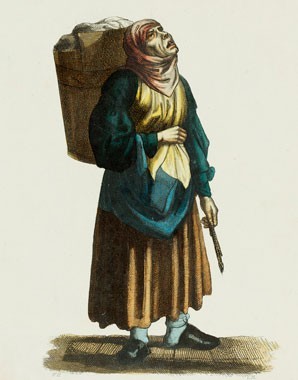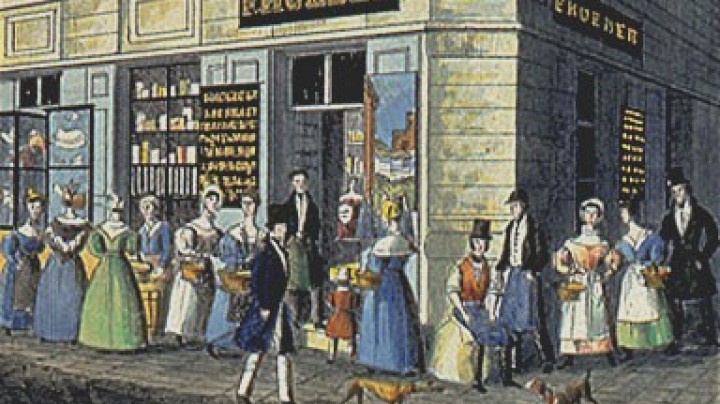Guaranteed cheap and definitely not stolen – Flea markets in the early modern period
Flea market traders sold all kinds of second-hand and new goods, which brought them into conflict with shopkeepers and the authorities.
In the towns of the early modern period it was not just a case of shopkeepers selling new goods in their shops. Second-hand traders selling used goods in the street and in specially established markets were also a fixed part of urban commerce. These markets offered a wide range of products: furniture, jewellery, books, tools, household goods and weapons. However, it was second-hand clothes that made up the largest share; they underwent numerous alterations and in many cases eventually ended up being sold on as rags to be used for manufacturing paper. Often, though, brand-new goods could be found in the markets, while the traders also took on repair work. Not infrequently such practices brought the traders into conflict with shopkeepers and the owners of small businesses, who turned to the municipal authorities. In general, second-hand goods played an important role for the lower social classes, because they could be bought cheaply from market traders. The goods that were on sale in the markets also included items that had belonged to people from the upper classes. These ‘cast-offs’ were purchased because their buyers wanted to imitate those higher up on the social ladder.
The street and market traders belonged to the lower social classes, most of them being or coming from the families of servants, journeymen, retailers and soldiers. The goods they sold had been acquired either for cash or in exchange for other goods. There was potential for conflict in the fact that prices were unregulated, as well as in the possibility that the goods traded might have been stolen – although this was very rarely the case, and that they might be contaminated in a way that would cause disease. In the course of the eighteenth century flea markets were increasingly subjected to checks and controls, because the municipal authorities wanted to create ‘order’. Some groups of people, especially women and members of ethnic and religious minorities, were increasingly excluded from the trade in second-hand goods.














